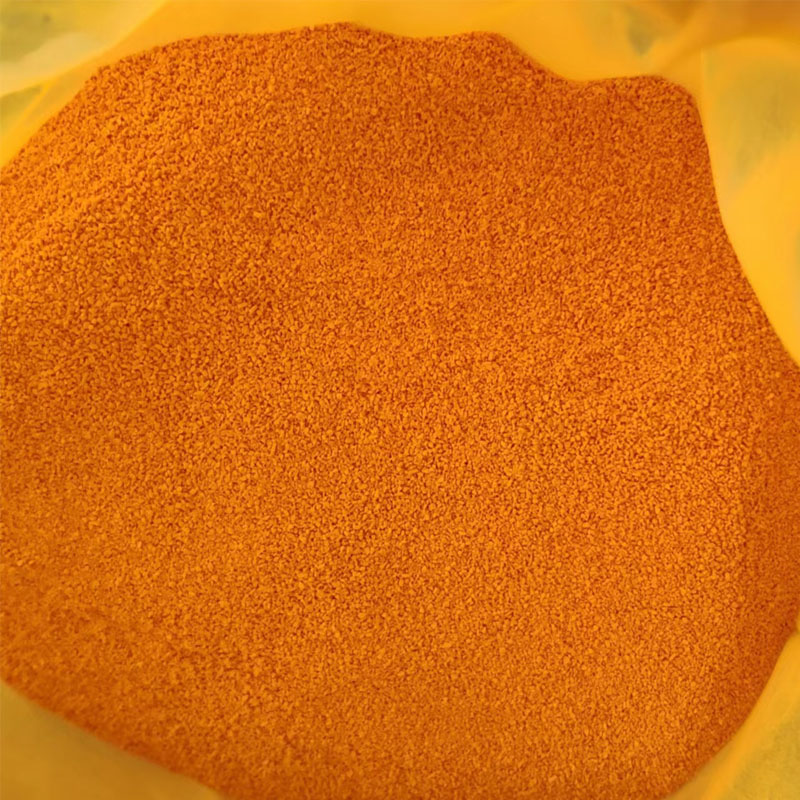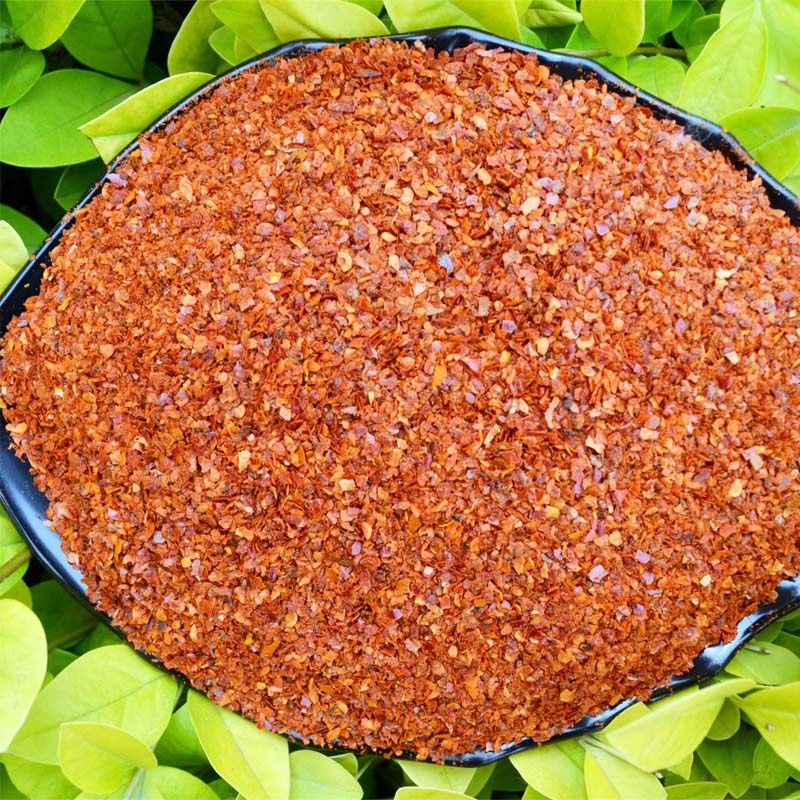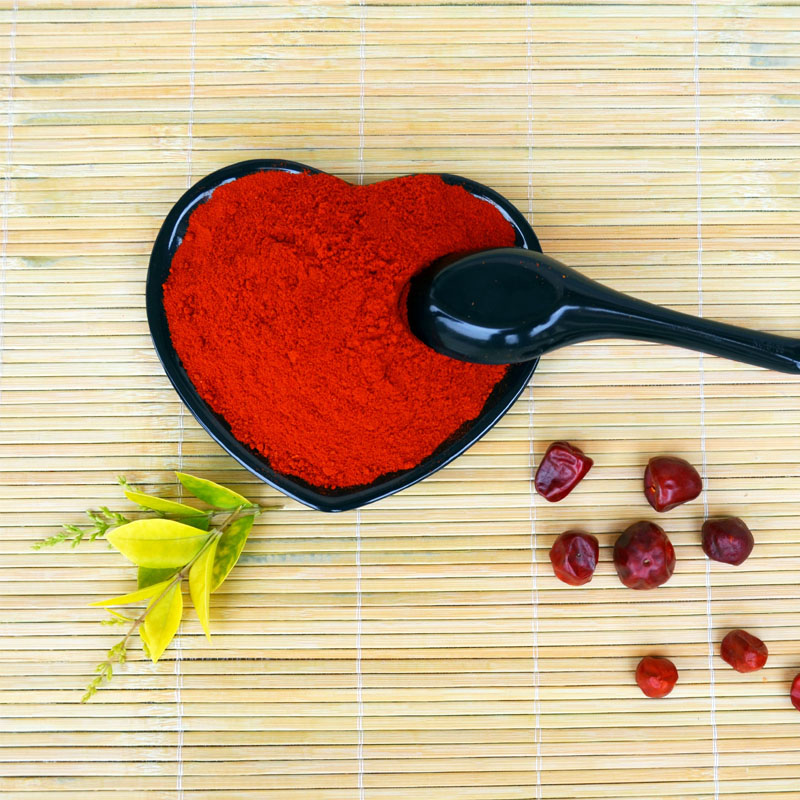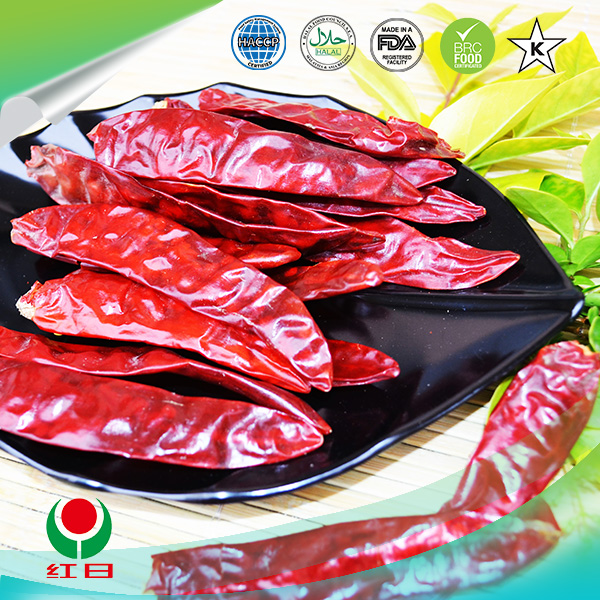- No. 268 Xianghe Street, Economic Development Zone of Xingtai city, Hebei 054001 China
- Byron@hbhongri.cn
Spicy Peppers and Their Culinary Uses in Everyday Cooking
The Vibrant World of Paprika and Chilli Spice Up Your Life
In the vast panorama of culinary delights, few ingredients possess the vibrant charm and multifaceted personality of paprika and chilli. These two spices not only tantalize the taste buds but also add an alluring burst of color to dishes, making them staples in kitchens across the globe. While often lumped together in discussions about spicy cuisine, paprika and chilli each offer unique flavors, heat levels, and culinary uses that merit a closer examination.
The Origins and Varieties
Paprika, primarily associated with Hungarian and Spanish cuisines, is made from dried and ground Capsicum annuum peppers. This spice comes in various forms, ranging from sweet and mild to hot, depending on the specific type of pepper used. The vibrant red hue of paprika can transform a meal, providing not only flavor but also visual appeal. Hungarian paprika, renowned for its deep flavor, often carries a subtle sweetness with earthy undertones, while Spanish paprika, or pimentón, is distinguished by its smoky intensity, typically as a result of the drying process over an oak fire.
On the other side of the spectrum, chillies represent a broader array of spicy peppers with varying degrees of heat. From the piquant jalapeño to the ferociously hot ghost pepper, chillies can be found in numerous forms—fresh, dried, powdered, or as pastes. The Scoville scale, which measures the spiciness of peppers, showcases the vast differences among them, making it essential for cooks to choose wisely when integrating chillies into their dishes.
Culinary Uses and Pairing
Paprika’s sweetness and smokiness make it an exceptional seasoning for a wide variety of dishes, including stews, soups, and sauces. It is a key ingredient in traditional dishes like Hungarian goulash and Spanish chorizo, where it serves to deepen the flavor profile and enrich the color. Furthermore, paprika can be a surprising star in seasoning blends, where it harmonizes beautifully with garlic powder, onion powder, and even black pepper.
paprika and chilli
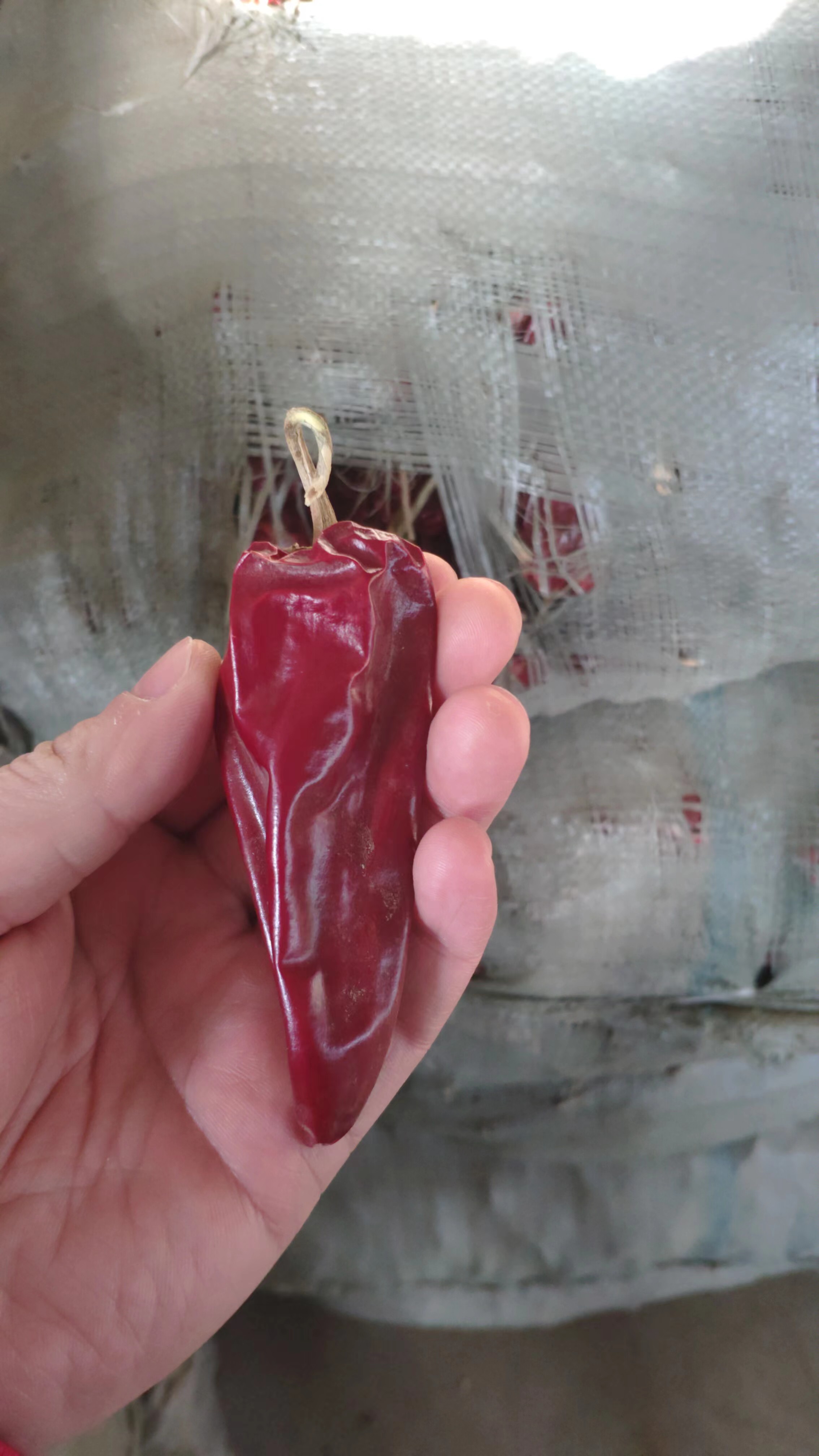
Chilli, in contrast, often takes center stage in recipes that seek to pack a punch. Its fiery character can elevate everything from salsas and curries to stir-fries and marinades. Different types of chillies bring distinct qualities to dishes; for instance, the tangy notes of a serrano pepper can brighten a taco, while the complex heat of a habanero might transform a mango salad into a spicy delight. When using chillies, the balance of heat with other flavors is essential to create a dish that excites the palate without overwhelming it.
Health Benefits
Beyond their culinary allure, paprika and chillies offer numerous health benefits that further enhance their appeal. Paprika is rich in antioxidants, particularly carotenoids, which contribute to eye health and immune function. Additionally, it contains vitamins A, C, and E, promoting overall well-being.
Chillies, on the other hand, owe their health benefits to capsaicin, the compound responsible for their heat. Capsaicin is known to boost metabolism, reduce pain, and even improve heart health. Some studies suggest that regular consumption of chillies may contribute to longevity, making them an intriguing fixture in diets around the world.
Conclusion
In the world of spices, paprika and chilli hold a unique place, each with its own story and contribution to the culinary arts. Whether you’re sprinkling sweet paprika over a creamy deviled egg or adding sliced jalapeños to a hearty chili, these ingredients possess the power to uplift and enhance every meal. As one delves into the vibrant world of paprika and chilli, it becomes evident that these spices do more than spice up dishes—they inspire creativity, warmth, and a shared love of good food. So, the next time you reach for these colorful spices, remember their rich histories and the profound impact they have on our culinary experiences.
-
Turmeric Rhizome Powder: A Golden Treasure from Roots to TableNewsJul.28,2025
-
The Versatile Application Of Crushed Red Hot Peppers: Lighting Up The Red Flames On The Dining TableNewsJul.28,2025
-
The Paprika: A Touch Of Vibrant Red In Color, Flavor, And CultureNewsJul.28,2025
-
Ground Turmeric: A Modern Examination of an Ancient SpiceNewsJul.28,2025
-
Capsicum Liquid Extract: Features, Applications, and ChallengesNewsJul.28,2025
-
Application of Capsicum Liquid Extract in FoodNewsJul.28,2025
